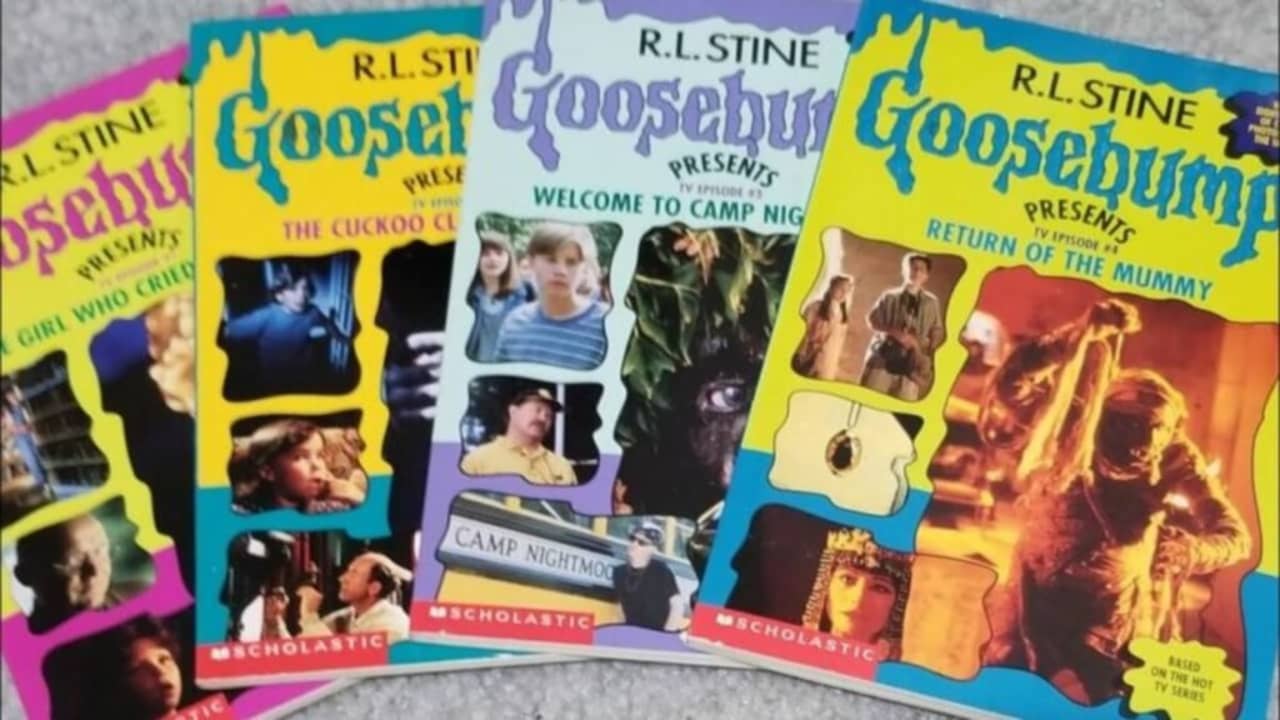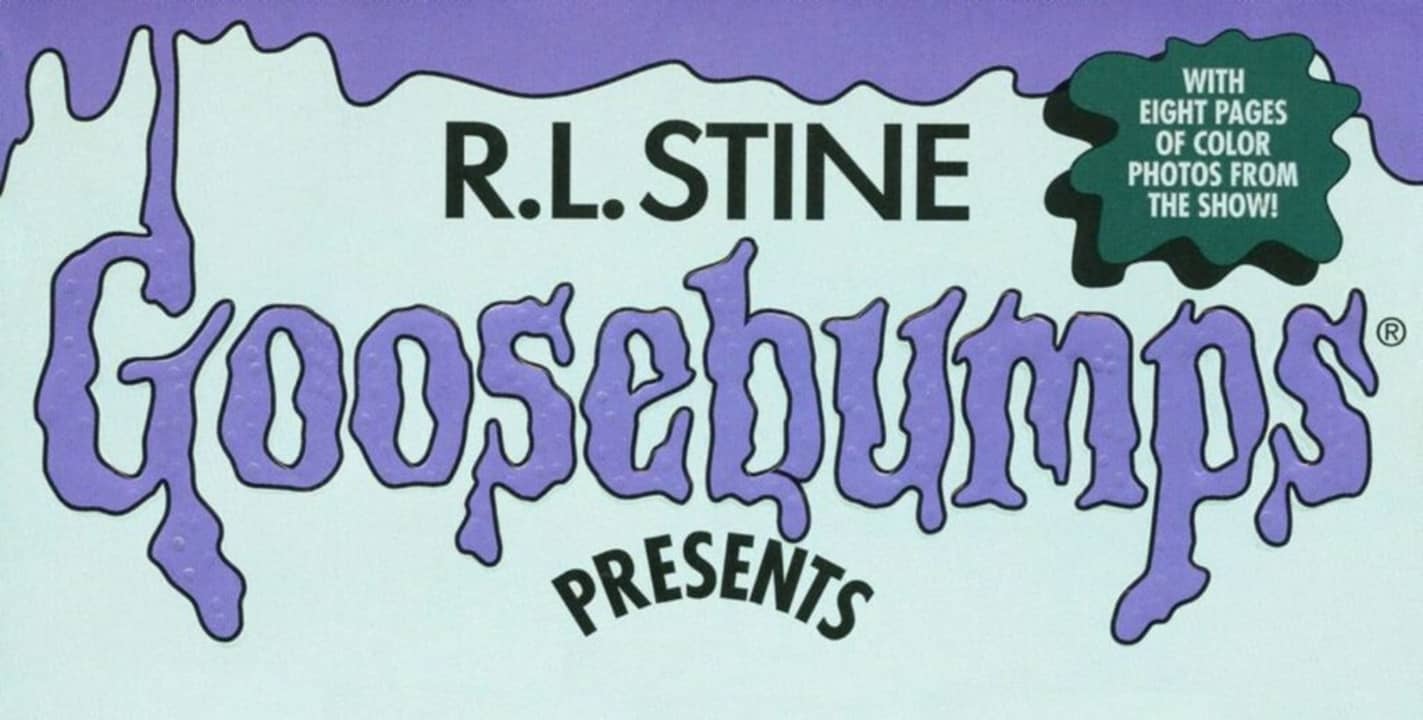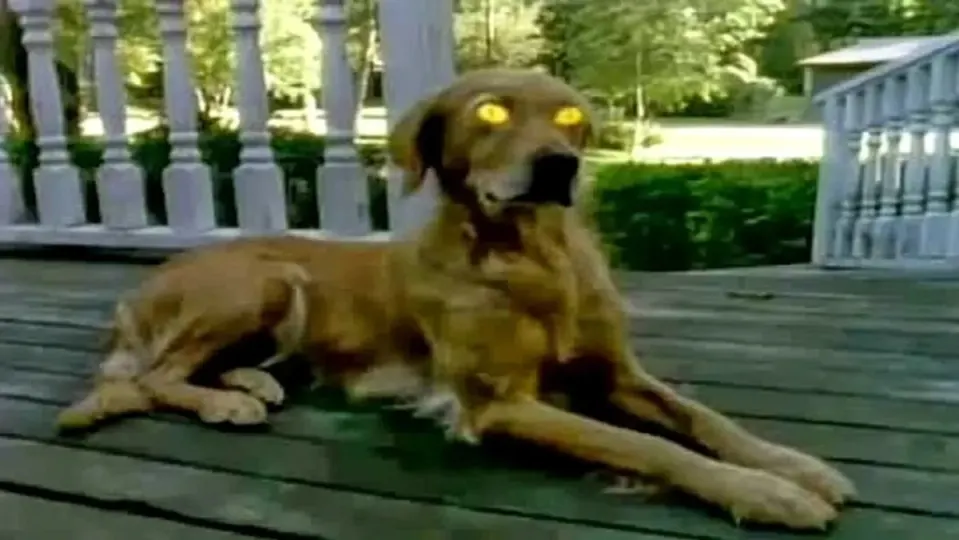Perhaps nothing encapsulates better what the 90s were like than ‘Goosebumps’, both the original saga of 62 books (of which only 60 were published in Spain) and the TV series that tried to terrify a whole generation in ‘Club Megatrix’ with its well-known “Temblad, muchachos, temblad, qué miedo váis a pasar”(Tremble, boys, tremble, you’re going to be scared).
1995 and 1996 were a real “Nightmaremania”, especially in the United States (although watch out for the publication of the magazine ‘Goosebumps’ in Spain and other acts of dubious legality). RL Stine was making gold with the books, the series, spin-offs such as ‘It’s Only a Nightmare!’, board games and all kinds of merchandising. And meanwhile, Scholastic couldn’t stop thinking about the easiest way to capitalize even more on the success. They succeeded, of course. And they succeeded.
The novel based on the episode based on the novel
Before ‘Goosebumps’, Stine was already known in the publishing world: he wrote quickly and efficiently, and his ‘Fear Street’ novels were a success. Perhaps that is why he was asked to transform adolescent terror into children’s fears with a collection that he hesitated to write, but ended up making him world famous: even now new novels of the saga are still coming out, although without repeating the crazy success of yesteryear, of course. In July 1992, ‘Welcome to Dead House’ and ‘Stay Out Of The Basement’ were published to general indifference. Three years later, a series that would run to 74 episodes premiered.
‘Goosebumps’ not only adapted 48 books from the original saga: it also brought to television short stories and a couple of books from the consequent series, ‘Goosebumps 2000’. There were even three episodes, dubbed ‘Chillogy’, which were completely new stories. In fact, there RL Stine wasn’t even credited as a screenwriter. And it was strange, because his name was on everything from novels he clearly hadn’t written to the ultimate shameless cash grab for 90’s kids: ‘Goosebumps presents’.

Each episode of ‘Goosebumps’ was based on an original book of about 120 pages. But Scholastic thought they could still make a few dollars more by releasing smaller books based on the TV episodes, in which RL Stine would only put his name on the cover, but not write a single word. The first experiment, in February 1996, was a small 57-page book based on ‘The Girl Who Cried Monster’. And the ticket machine took another turn.
Nearly twenty
One could believe that nobody would fall for such an obvious deception, but the truth is that 18 books were published between February 1996 and February 1998 by different authors, such as Carol Ellis (expert in writing books on demand for sagas like ‘Cheerleaders’ or ‘Zona Límite’), Megan Stine (not related to RL Stine and who ended up making a name for herself writing biographies for children) or Francine Hughes (who had just adapted ‘Space Jam’ and ‘Beethoven 2’ into novels). All in all, a complete fiasco.

You may be thinking about why these books existed. And, on reflection, it makes sense: it was a time without streaming, when there were almost no VHS releases of TV episodes. If you had really liked an episode, you had to hurry up and record it or wait for it to be rebroadcast. These books, which contained full-color pictures, were a way to keep it alive in your memory. In the golden age of novelizations of any kind no one thought it was a rarity. Ah, the good part was that, since they were made from scripts and not the final episodes, you could see (well, read) some unpublished scenes. That’s something.
‘Nightmares’ currently has more than two hundred novels that have made RL Stine a millionaire. Of course, it doesn’t seem that on this book day many are going to go out to the Retiro expecting to find the literary adaptations of the television adaptations of these novels for children. But at least you know they exist: not everyone does!


